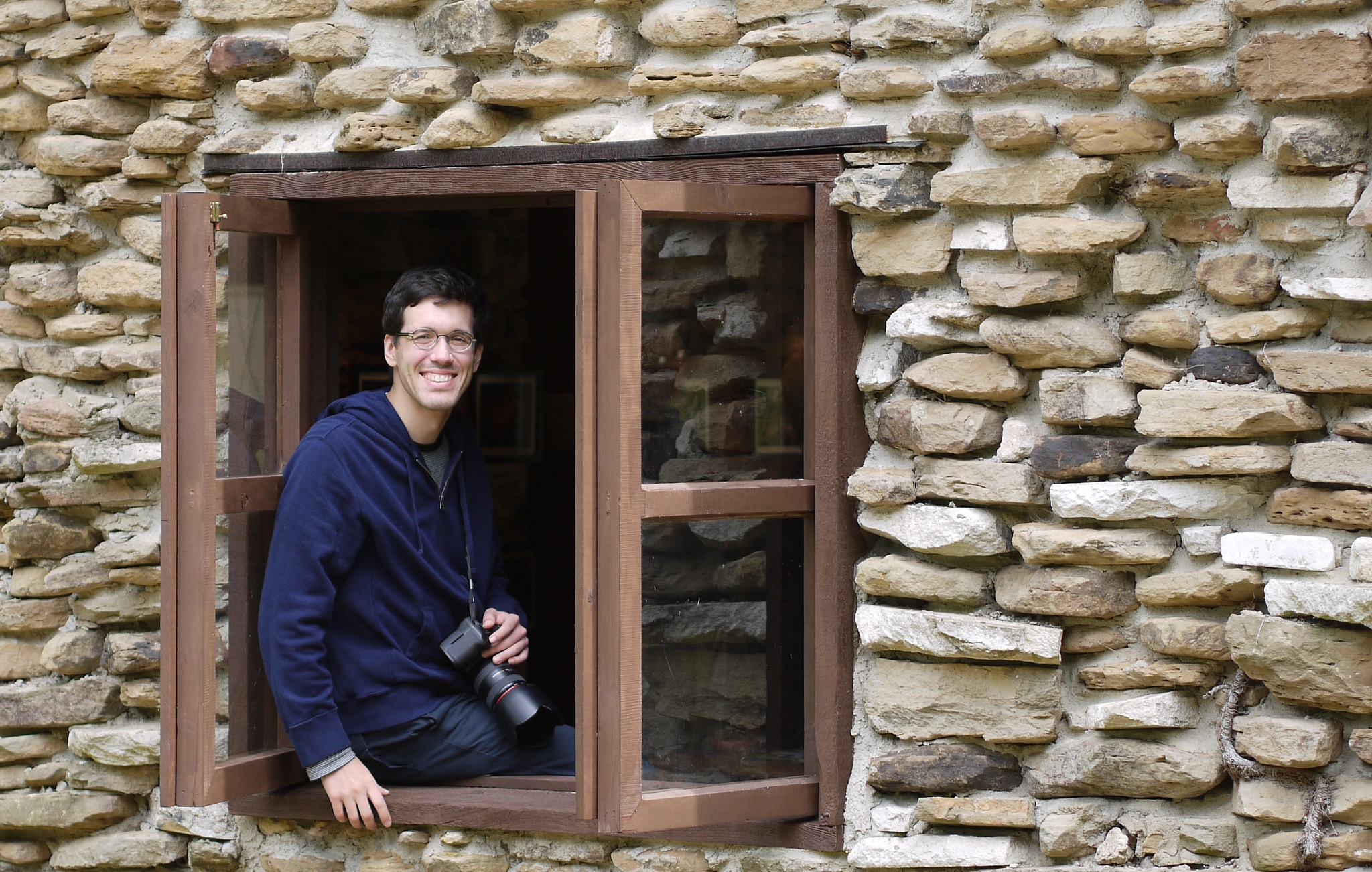A barely audible melody invades the sky, two wings that almost seem too large beat to the rhythm of the bird’s intermittent flight. Despite being one of the smallest game birds, the skylark still captivates many an enthusiastic hunter, who, armed with their bird calls, can be seen furiously scanning the skies from the shelter of their hides in early autumn.
By nature a ground bird, the skylark spends its life in open spaces characterised by sparse, low-growing vegetation, through which it moves to open fields to feed primarily on plants, but also insects during the summer, tending to avoid terrain that is overly wet.
Setting up their hides in the open field, hunters try to lure the skylarks by exploiting their well-known curiosity for moving shiny objects, using mirrors, decoys, bird cradles and the classic live call.
Although in smaller numbers than in previous years, many skylarks have settled in the central and southern regions of Italy and on the islands, while the majority make their way south in October/November and north in March/April.
Originally from the northernmost regions of Europe and Asia, the skylark population has since spread southwards as far as North Africa.
The best time to hunt skylark is from the end of September, into October as the bird continues its migration, and until the beginning of November.
Having overcome all obstacles and used every trick in the book to lure the game towards the concealed hide, the experienced skylark hunter can take real satisfaction from a successful shot. The skylark's remarkable wingspan and ability to change direction in an instant can make distance difficult to judge, causing the hunter to miss the critical moment to shoot. Hunters need to call upon all their patience and experience to achieve the precision timing and accuracy that skylark hunting requires.
For more information, please visit the Lugari Video and Lugari Pocket websites.





